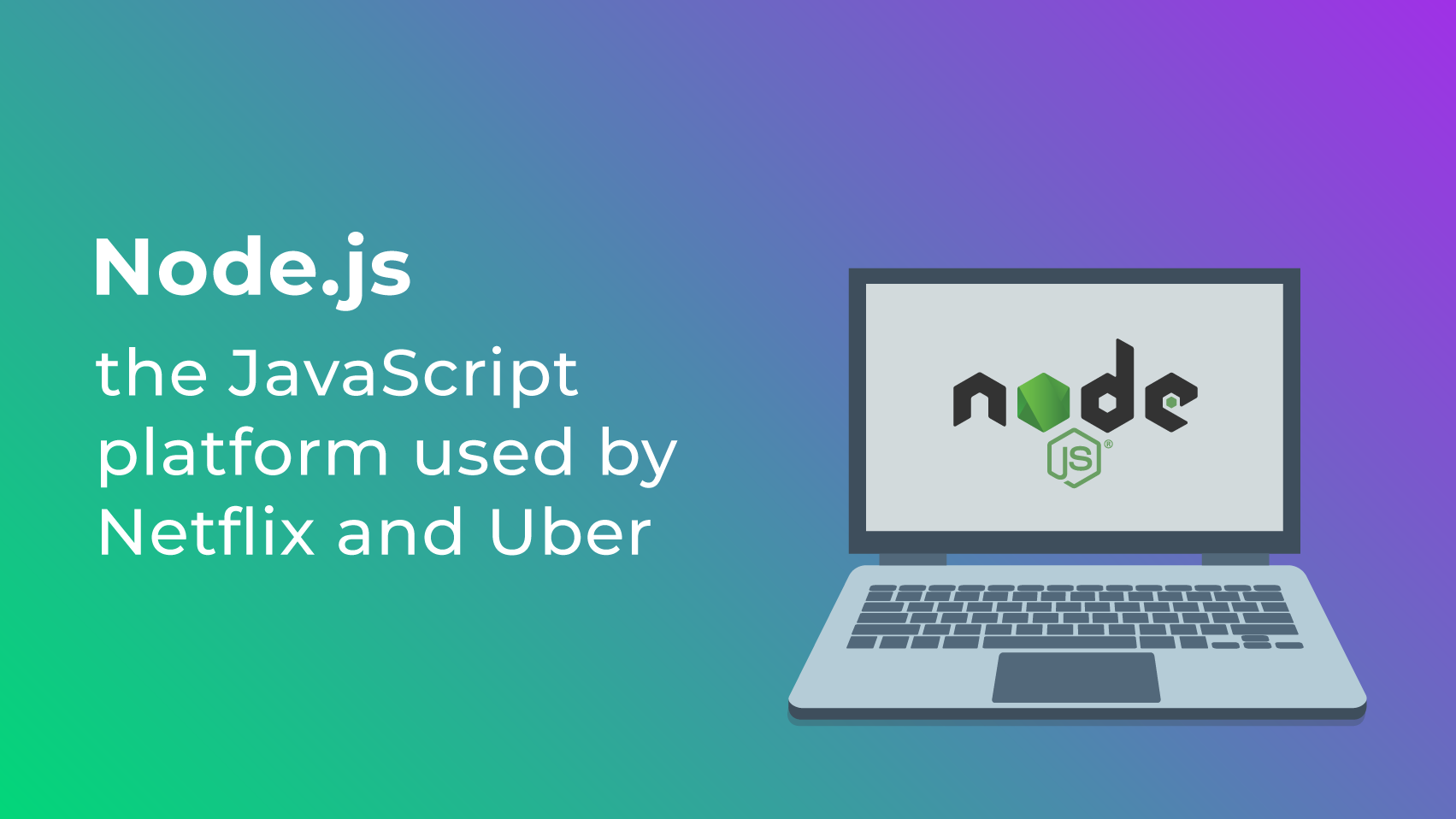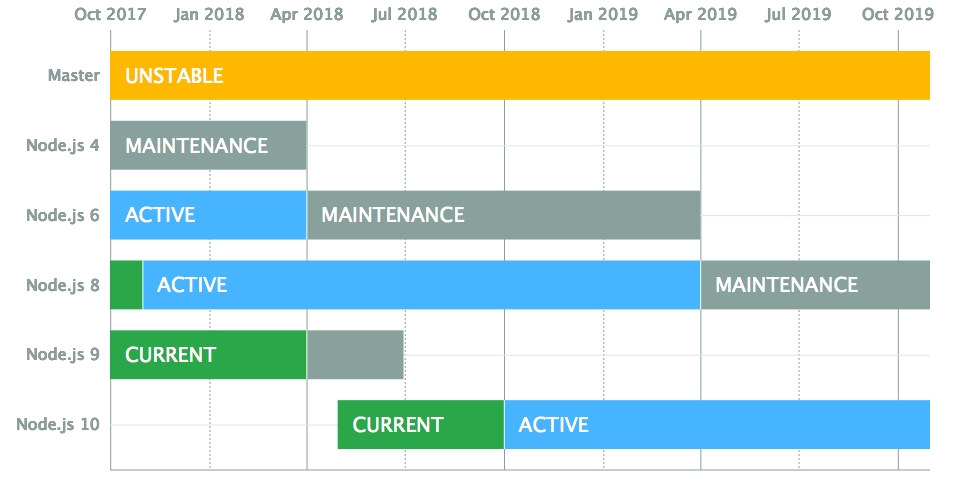5-SECOND SUMMARY:
- In this article, we’ll explore how a retail company was able to improve its customer service using Dynamics 365;
- How to turn an after-sales service into a digital experience.
After-sales services are one of the most critical parts of the buying experience. The trend is for companies to pay increased attention to their customers, thus bringing organisations closer to people.
After-sales service can be defined by all the interactions of a given customer after purchasing one of the organisation’s points of sale.
Case study
In this article, using a case study, we will take as an example a company in the retail sector to explain and detail all the needs and challenges encountered at this stage of the customer journey – the after-sales service.

Company analysis
Consider the situation the world has been going through in recent years. Imagine a company that grew a lot during the pandemic. Still, amidst the hustle and bustle of that growth, there was never the time and dedication to restructuring its internal processes to keep up. This is a company that dealt with its after-sales process using only Excel sheets, email boxes and the telephone to support customers on their journey. This quickly became unaffordable and was reflected in the relationship with its customers.
There were not, for example, SLA’s, knowledge bases, or even satisfaction metrics.
Challenge: AS IS Scenario
Suppose a customer has just arrived home on holiday after buying an automatic coffee machine. While unpacking the product one of the water tank parts was damaged, which caused frustration. The customer immediately went to the company’s website and noticed that the telephone service was only available on working days, between 9 am and 5 pm. Discouraged, continues searching the site and finds an e-mail address, which allows for greater flexibility in contacting customer support. The customer then decides to explain the situation by e-mail, including photographs of the damaged part.
However, the customer service department is overwhelmed with work and is unable to triage incoming emails. It is therefore only able to deal with the customer’s complaint one week after receiving it, without the customer having been given any information about the process during this time.
In turn, and because there was no reply, the customer sent back more emails, generating duplicates of the complaint.
In its response, the company indicated the steps to be taken so that the customer could receive the new part. To do this, the customer was asked to provide billing data, address, and product code and attach the invoice of the purchase – information that the company already had on its side, but too scattered to be useful.
Upon receiving the email, the customer sends the necessary information the next day, and the part arrives four days later.
With this scenario in mind, there are some fragilities:
- Sense of unavailability.
- Lack of feedback.
- Long response times.
- Customer dissatisfaction.
- Generation of duplicate complaints.
- Unconnected or searchable information silos.
- Lack of mechanisms to measure customer satisfaction.
- Disorganisation in internally performed functions.
- Management lacks visibility of processes and/or team performance.

Solution: TO BE Scenario
To meet its Customer Service needs, the customer support department decided to opt for the Dynamics 365: Service and Customer Voice solution, to meet the needs of its customers. To create a digital experience in the after-sales service.
Dynamics 365 is a Microsoft business system which has two components: ERP, where techniques such as invoicing, stock management, and resource management, among others, are inserted, and CRM, for managing business processes, customer support, marketing, etc. The Service module aims to meet customer support needs, offering incident management functionalities, response agreements and knowledge bases, aiming at improving the customer’s visibility over the company. The Customer Voice component allows satisfaction surveys to be created and sent, as well as analysing of the information obtained from them.
To overcome the existing fragilities, the customer service system was configured where it is possible to manage incidents, agent allocation, service agreements (SLAs) and internal knowledge bases (for the team’s use) and external knowledge bases (for customers‘ consultation). After this rollout, the above scenario would play out as follows:
This time, the customer, realising there was a damaged part, has a FAQ page available, created from a knowledge base, where he/she can search for ‚Damaged Part‘. The customer quickly found an article with a specific address to report the situation, indicating that the process should be resolved within four working days. The customer sent an email to that address.
In turn, the company’s system automatically creates the incidence, which is given to the agent with the lowest number of incidences. This reduces the response time and ensures that the agent knows exactly what to do (because it has obtained this information from one of the knowledge bases). Unnecessary email exchanges with the customer are thus avoided.
As Dynamics 365 is a solution that adapts to the needs of the organisation, templates frequently used by agents for the various incidents were also configured. In this case, the agent only has to select the damaged part dispatch template, which will be automatically filled in with the customer’s information in the system.
After receiving the part and considering that the company has configured the sending of automatic surveys from its new system, a satisfaction form is sent to the client, to obtain information on the resolution of the problem that originated the incident.
Finally, since the system is based on a database with excellent quality information, management can finally obtain information about their teams‘ performances with the help of intuitive reports and dashboards.
This allows us to improve on the points mentioned above as follows:
- Sense of constant follow-up, with the timely exchange of information.
- Customers feel supported by the company, knowing that the company is aware of them, avoiding unnecessary exchanges of information.
- Reduction of response times, thanks to the distribution of incidences by specialised groups of workers, and attention to their workload.
- Team optimisation, as articles and templates are configured so that they can work more quickly and efficiently.
- Elimination of duplicates, as the system, can identify repetitions.
- A better reading of the business through the analytics provided by the system.
Visibility of customer satisfaction, through the surveys, sent out.

In short
At the end of the transformation, this company was left with an optimised and structured solution, which allowed it to scale its business to new heights, with a crucial step in building its client’s 360º vision. Excel is still part of the company in a data transaction format, but Dynamics 365 has become the daily work tool.

How Xpand IT can help you:
Our multidisciplinary team can assist in various components, from definition to the implementation of the solution. We leverage all the experience and know-how we have in different areas to offer the best approach, geared to your business. If you would like more information, please contact us.















